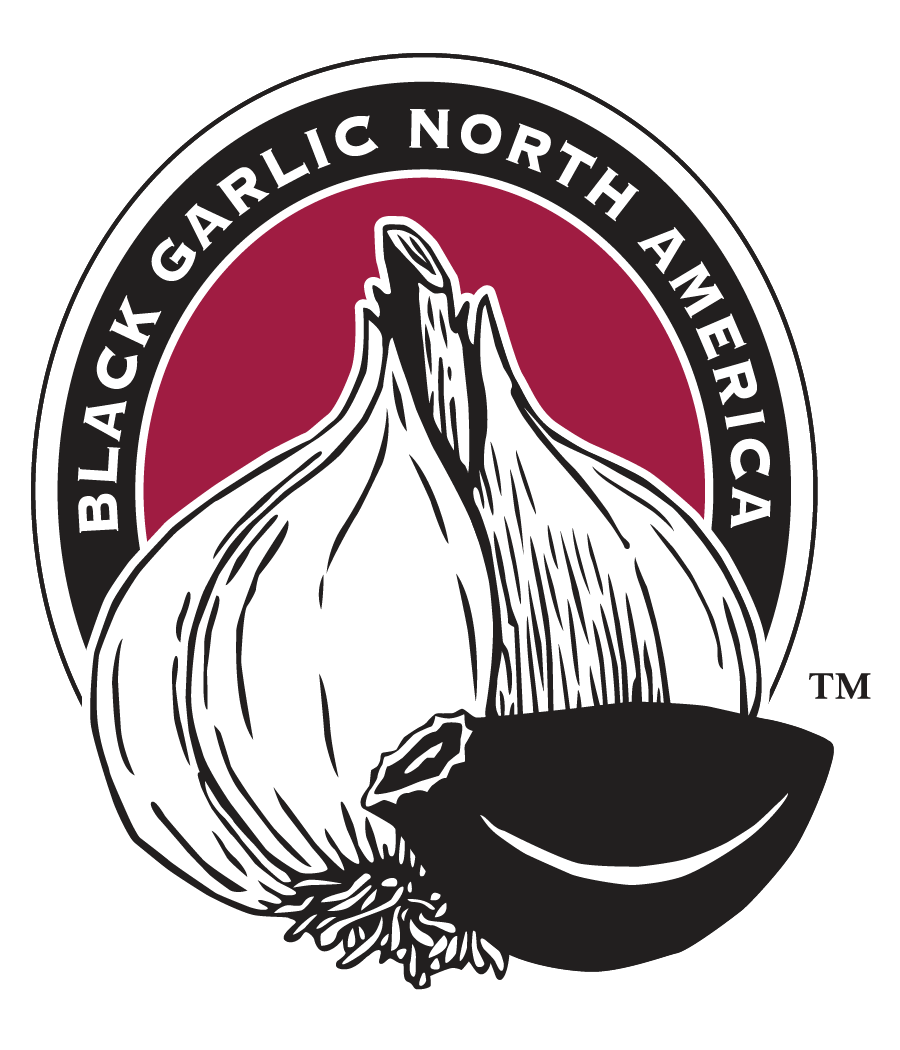It’s actually a really great question. The current wellness trend seems to focus on a veritable pantheon of buzzwords. Antioxidants, omega 3s, macros, organic, non-GMO…you get the point. All of these words (among the countless others we hear on almost a daily basis) signal to us that what we’re about to eat is good for us. Those who keep up with nutrition know what kinds of foods offer us these nutrients, including—but certainly not limited to—blueberries, salmon, kale, garlic, spinach, olive oil, etc etc etc.
But having a healthy diet revolves around more than just choosing the foods with the most buzzwords and eating tons of it. Wellness involves balance, and every person finds balance differently. It’s important for us to understand what each of these words means so we can figure out what is right for our bodies and our health.
Over the course of the next few weeks, in addition to giving you incredible recipes you can use to impress your coworkers at your upcoming holiday party, we want to delve into what some of these buzzwords actually mean, and how they can positively impact your health. Educated decisions are good decisions, and we want to make sure you are making the healthiest decisions possible for your body and your life.
Antioxidants: Because we have to start somewhere
Antioxidants are truly remarkable, and we wanted to start here because garlic (and black garlic) is full of them!
Antioxidants occur naturally in plant-based foods such as vegetables, fruits, tea, coffee, wine and chocolate (I know…I did a happy dance too). These amazing compounds help prevent and reduce cell damage caused by oxidants.
Seems obvious now that you read it right? Of course antioxidants help fight against oxidants. But what are oxidants?? Oxidants are free radicals (another buzzword you’ve likely heard) that are naturally found in our environment and in our bodies. Our bodies create free radicals to help ward off viruses and microbes but when there are too many, that’s when the damage begins.
In our environment, we are exposed to free radicals through air pollution, cigarette smoke, and other toxins. We can also consume them through the foods we eat…alcohol being a biggie in this category, and when we overeat. More free radicals = greater risk of cell damage.
Free radicals bind and cause damage to regular cells throughout our body, leading to disease and poor health over time. When we consume antioxidants, they move through our bodies to undo the damage left by free radicals. They clean up waste and help restore the health of our cells to bring our bodies back to full, healthy functionality.
This is where balance comes in. It’s healthy for us to have some free radicals in our bodies because that’s how they work. By consuming foods rich in antioxidants, we naturally help our bodies get rid of the excess. The antioxidants travel through our digestive system, into our bloodstream, and finally into our cells where they get to work.
Because this balance is important, there is such a thing as having too many antioxidants, however experts say it is difficult to get to this level through diet, so sticking to natural sources is key (read: use food, not pills). Luckily, some of the best food in the world is full of antioxidants. Tomatoes, carrots, oranges and grapefruits, blueberries and strawberries, beans, nuts, apples, red wine, green tea, broccoli, kale, spinach, asparagus, sweet potatoes and garlic are all excellent natural sources of this power compound.
I know there are some people out there who just really don’t like eating vegetables (it sort of hurts my soul). If you are one of these people, I would encourage you to try to incorporate as many of these antioxidant-rich foods as you possibly can into your cooking. There are ways to consume vegetables that are actually delicious. Check out our recipe page if you’re interested in learning more.
So what about Black Garlic?
Great news! Black garlic contains high amounts of chemical compound S-Allyl-Cysteine (SAC), which has been proven to be a particularly potent antioxidant. SAC is especially good at fighting cardiovascular disease. More good news? Black garlic contains twice the antioxidants as white garlic. Turns out this little black clove packs a mighty punch!
Tune in next week for, "Omega whats?" where we'll talk about (you guessed it) the deal with Omegas.




